
Spain, 2018: 10 years after the financial crisis, the media landscape is still characterised by radical changes. The crisis has accelerated the downfall of newspapers. And even though radio and television are still the big players within the Iberian media market, ways of communication are shifting towards the internet and especially towards social media. What are the current challenges for media professionals? And what do communicators need to know when contacting Spanish journalists? Vicente Poveda, Deputy Director International Marketing and Sales of dpa and former correspondent of the dpa Spanish news service in Madrid has the answers.
news aktuell: Could you give us a sense of the media landscape in Spain?
Poveda: Spain is a country of intensive media users, with the average Spaniard consuming three media types or more almost eight hours per day. Television is the quintessential medium, with nearly full penetration in the Spanish society and four hours of average daily consumption, while also radio has managed to maintain its privileged position despite the explosion of Internet usage. On the opposite side, the last economic crisis and the fall of advertisement spending have accelerated the decline of the Spanish newspapers. These also have to deal with digital disruption and the smartphone becoming the favorite way of consuming news. According to the Spanish press publishers association, newspapers reported in 2007 a total advertising income of some 1.5 billion euros with an average daily circulation of 4.2 million copies. A decade later advertising income and circulation have dropped by the half. This means that only two million copies are sold per day in a country of 47 million inhabitants. A number of traditional media have disappeared and some 15.000 journalists have lost their jobs within the last decade. On the other hand, the digitalization of the daily press is progressing quickly and publishers have managed to maintain their influence also in the new digital environment, now reaching huge audiences via Internet. The country has also witnessed the birth of a number of high quality native online media, some of whom are very successful and have reached the breakeven rapidly.
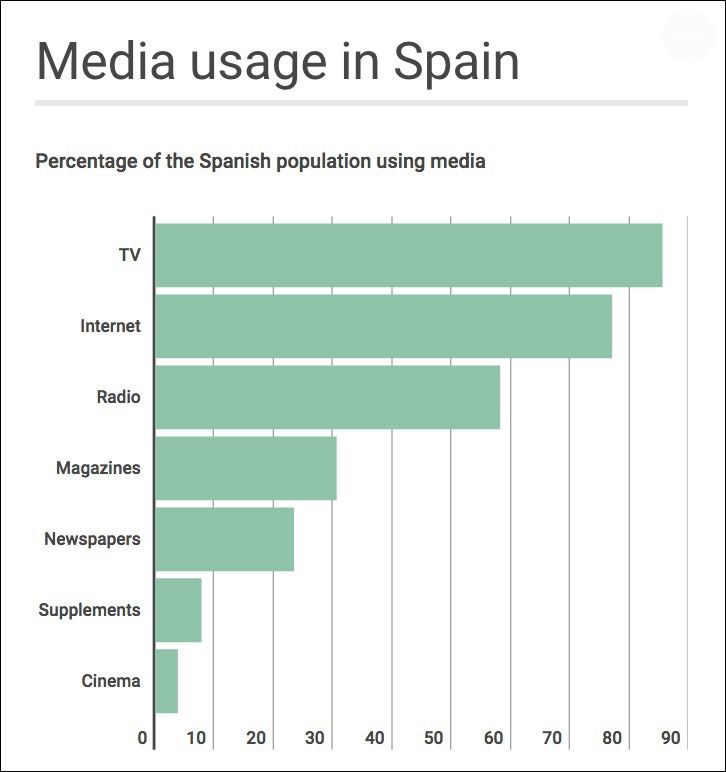
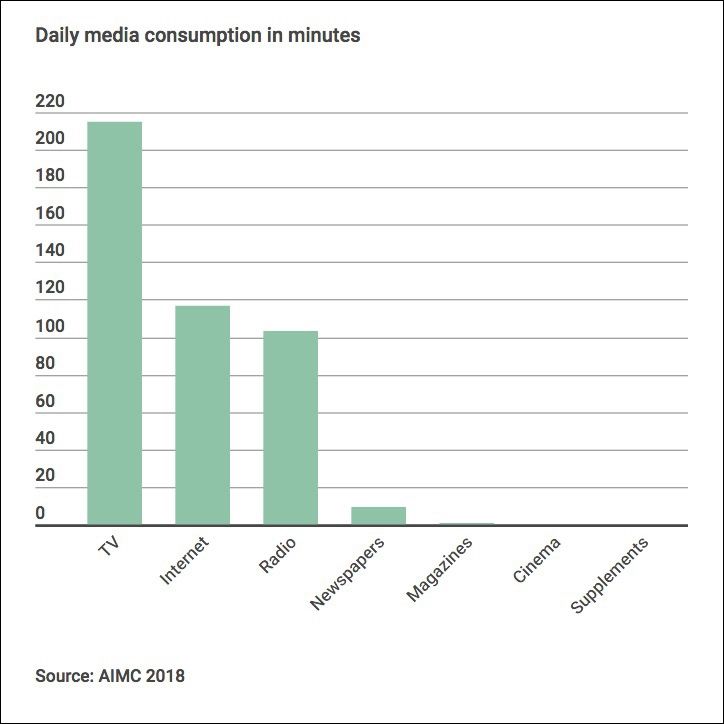
news aktuell: What are the challenges and opportunities?
Poveda: The biggest challenge for Spanish journalism is actually a global one: ensuring an independent, unbiased news production in times of digital disruption, obsolete business models and shrinking revenues. As a part of this problem, an urgent challenge is the re-construction of the job market. Interns and trainees perform a good part of the work in Spanish newsrooms while most of them have no chance of being hired as editors or reporters. On the side of opportunities there are some promising experiences in terms of new business models and revenue diversification. For example, instead of placing a paywall, the political news site eldiario.es started a successful membership program that at a moderate monthly payment allows users to receive additional offers, like newsletters, a printed magazine or invitations to events.
https://www.youtube.com/watch?v=3uE0VxMI0o4
The Editor-in-Chief of eldiario.es explains his business model, with already 30.000 “socios” (members) supporting the news portal). Source: YouTube
Some press publishers are also successful with local-focused e-commerce strategies, while especially national media place their hopes in internationalization. The Spanish language has more than 350 million native speakers outside of Spain, mostly in Latin America. The sports news sites www.marca.com and www.as.com are already receiving a big part of their daily traffic from outside of Spain and have created regional editions for Latin America relying on cooperations, regional editorial hubs and ad sales, in order to monetize it. Other news portals have launched versions in English, Portuguese or even Arabic.
news aktuell: Are there any cross-cultural differences that need to be taken into account?
Poveda: Spain is a very diverse country, full of differences and contrasts between regions and generations. While you can assume that the so-called “Erasmus generation” speaks English or even German or French, it is more difficult to find older journalists that master foreign languages. PR professionals willing to disseminate any story in Spain should not be satisfied with sending an English version of their press materials. They should use the Spanish language and whenever possible rely on a native speaker from Spain or someone who has lived in the country for a long time for the production of their press releases . For foreign PR experts, problems with the Spanish language may begin with something as simple as the job title. Most Spaniards associate the term “relaciones públicas” (public relations) with workers of discotheques and nightclubs offering free drinks to potential guests. “Comunicación” (communication) is the preferred word to describe PR activities. The Spanish language has also regional variations and the same word may have opposite meanings in Spain, Argentina or Mexico.
news aktuell: What is the best way for PR professionals to contact Spanish journalists?
Poveda: Personal contact and personal relationships pay a big role in Spanish business life, also in media relations. While sending press releases per email seems to be the most common way for disseminating information, Spanish PR agencies still use the phone a lot in order to wake attention on their stories and strengthen relationships with journalists. However also in Spain there is a swift to social media. Sitting in a Spanish newsroom you can witness a daily “concert” of incoming Whatsapp messages. I am also sure that you can find all Spanish journalists in Twitter, Facebook and LinkedIn, and especially Twitter has become an indispensable news source.
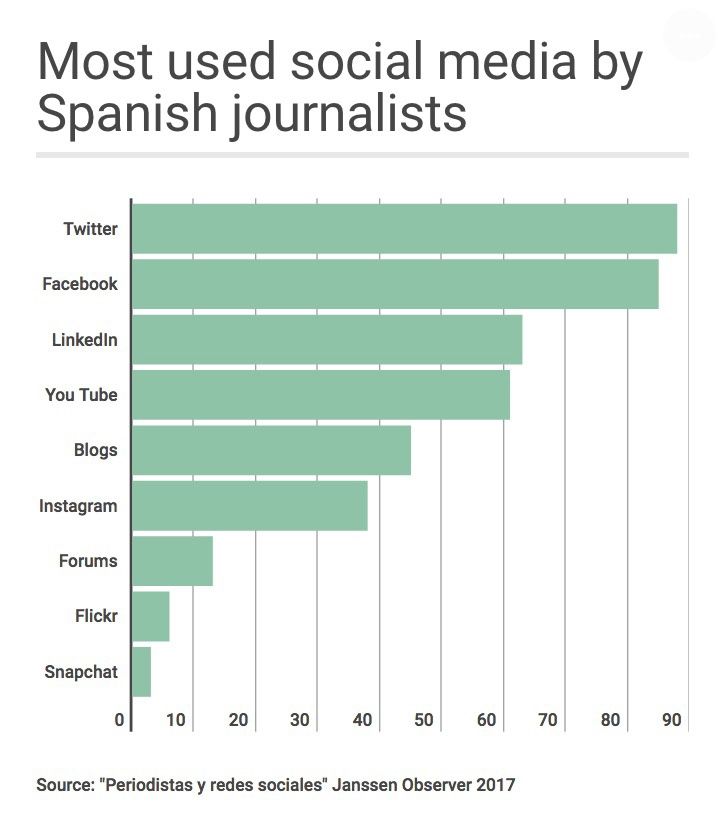
news aktuell: Which impact does the rise of mobile communication have on the Spanish media?
Poveda: The smartphone is already the favorite device for internet access in Spain, increasing its advantages year by year in comparison to the desktop computer. This applies to all demographic groups, having very different reading and media consumption habits, which complicates the work of news media and specially the way they deliver content through multiple channels. Video is a must for every online media, as Spaniards spend the most time with their smartphones watching videos. Developing new mobile-optimized news formats has turned into a permanent process for Spanish news media along with creating mobile-optimized advertising formats. Media in Spain cannot afford to run websites that are not optimized for mobile devices anymore.
news aktuell: In terms of social media, which channels are primarily used in Spain?
Poveda: Facebook, Whatsapp and You Tube are by far the social media with the biggest number of users in Spain, although Facebook’s popularity is decreasing. Instagram is the fastest growing platform. Twitter holds only the fifth place. In terms of daily use, Spaniards spend the most time on Whatsapp, which is an almost indispensable communication tool both in private and business life, followed by YouTube and Facebook.
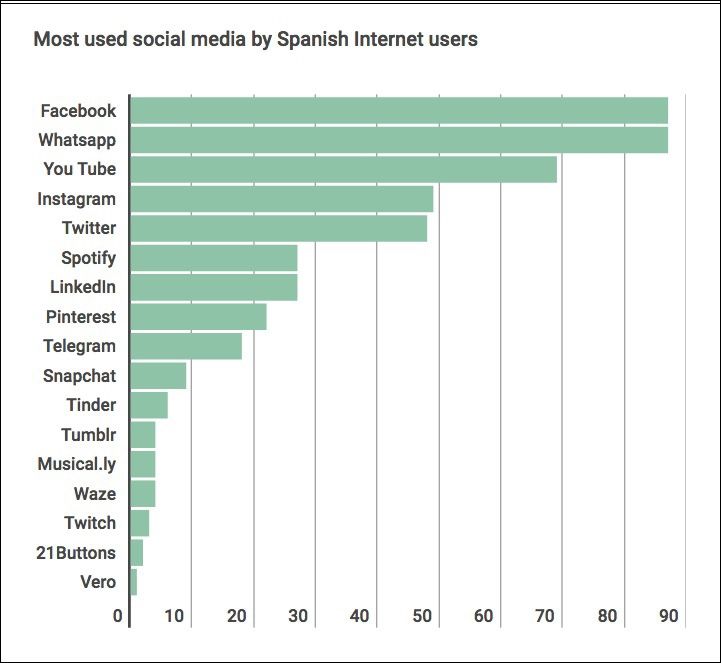
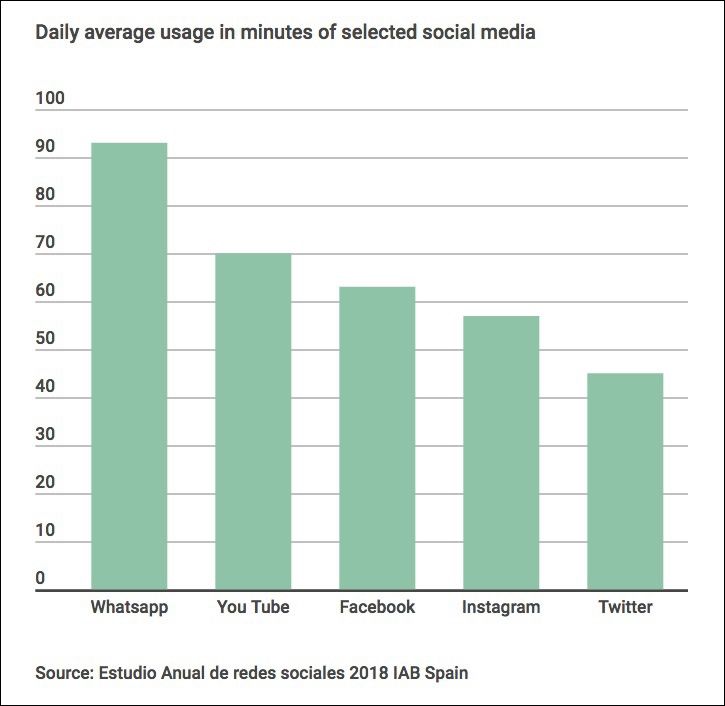
news aktuell: Is Fake News also a topic in Spain? How does the media deal with this phenomenon?
Poveda: In Spain there is a proliferation of very partisan, biased news sites attracting masses of users with a mix of poor journalism, sensationalist headlines and manipulated news. At the same time, especially in breaking news situations, journalists have to deal with a massive presence of false facts and manipulated photos often being shared via fake social media profiles and sometimes going viral. Last year, the Spanish leading newspaper “El País” accused the state-controlled Russian media of being behind the proliferation of fake news regarding the separatist conflict in Catalonia. Although there is no common response to this phenomenon, fake news is a challenge both for journalists and PR professionals. The news media channels have to go back to fact-checking and other essentials, while spokespeople and PR professionals feel under pressure as they often are not able to confirm or deny information at the speed required by modern online media.